- Stainless steel cookware is undoubtedly the most preferred and trusted cookware in every kitchen
- It is a versatile cookware that is put into multiple uses.
- The correct use of a stainless steel cookware can not only prevent food from sticking but also produce excellent outcomes.
A great set of stainless steel cookware is a delight for any chef. Although you might initially not find it as easy as a non-stick pan, stainless steel cookware can surprise you with better outcomes. The exceptional heat retention and durability of a stainless steel cookware make it a favourite cooking partner of professional as well as home chefs..
Forget about food sticking to the pan :
One of the biggest hurdles that often prevent users from opting for stainless steel cookware is the assumption that the food will stick to the cookware’s surface. However, it is to be noted that food will stick if and when the temperature of a stainless steel pan is either too hot or too cold. If you use this wonderful cookware correctly, this could be the star of your utensils and an undisputed all-time favourite.
Here are dos and don’ts that will add ease and efficiency to your cooking :
Always: Preheat
- This is the first step that you need to take. Place your pan on the stovetop over medium heat.
- Try the water droplet test to see if the pan is ready or not. For this, splash a few drops of water and if they bounce around the surface, the pan is good to go.
- This has to be done before you add oil to the pan. If you add oil before preheating, then the oil is likely to heat up before the pan and can burn the pan as well as the food.
- Oil is essential to prevent sticking as it acts as a barrier between the cookware’s surface and the food. However, you don't need a lot of oil, just enough to coat the surface.
- When you add the oil, let it heat until it swirls loosely around the pan. If you add food to cold oil, the chance of food sticking to the surface is more because when you add cold food to the pan, its temperature is likely to drop. Whenever you add food to the pan, you should get that classic sizzle, if you don’t get it then it means that the oil was not hot enough .
Always: Get Your Food to Room Temperature
Just like your stainless steel pan, your food should be at the right temperature before you add it. If you add cold food to a hot pan, this can drop the temperature of the cookware and cause food to stick. So, remove your food well before from the fridge and let it rest, depending on how long it will take the food to reach normal temperature.
Never: Neglect the Stuck Bits When Preparing Gravy
Stainless cookware, like any other cookware, can develop stuck bits. Don’t neglect it. This might ruin your whole dish. So, when your primary dish is done, you deglaze the pan by adding any astringent- wine, vinegar or stock. This will loosen the stuck bits and can also give a delicious foundation to your gravy.
Check out our premium nickel-free stainless steel cookware ranges- Select & Trivantage here and start your journey of happy and hassle-free cooking!

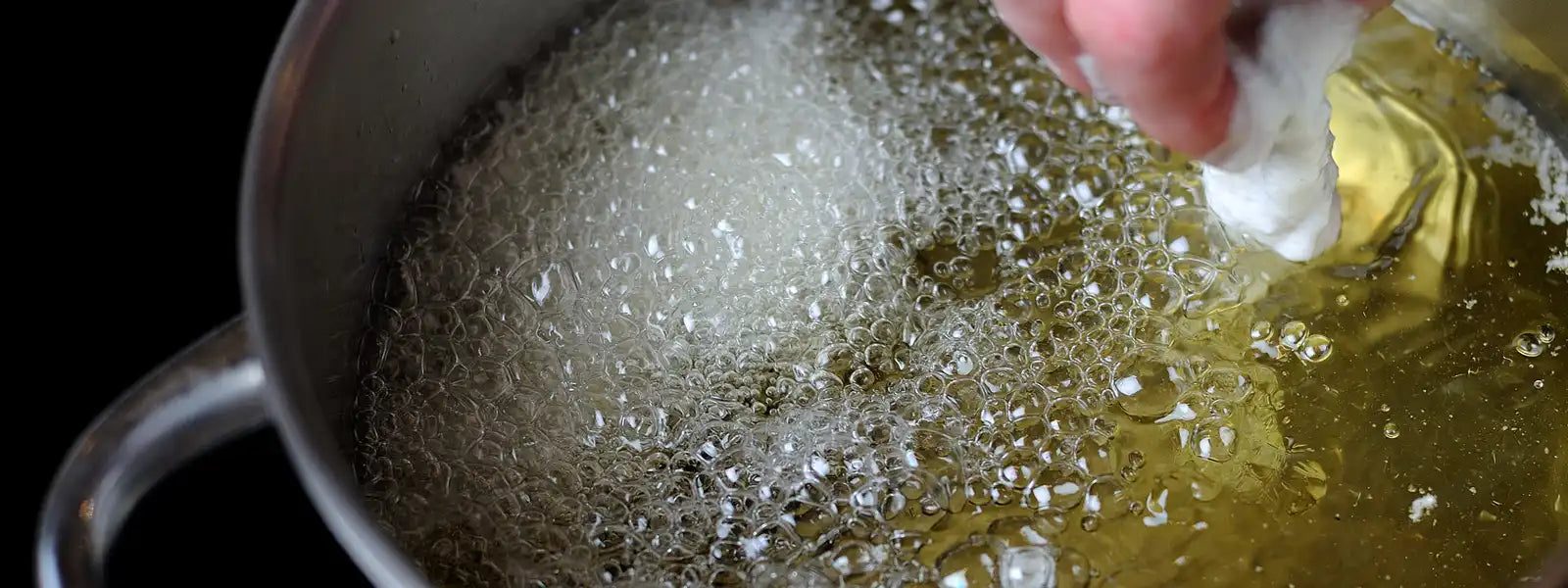
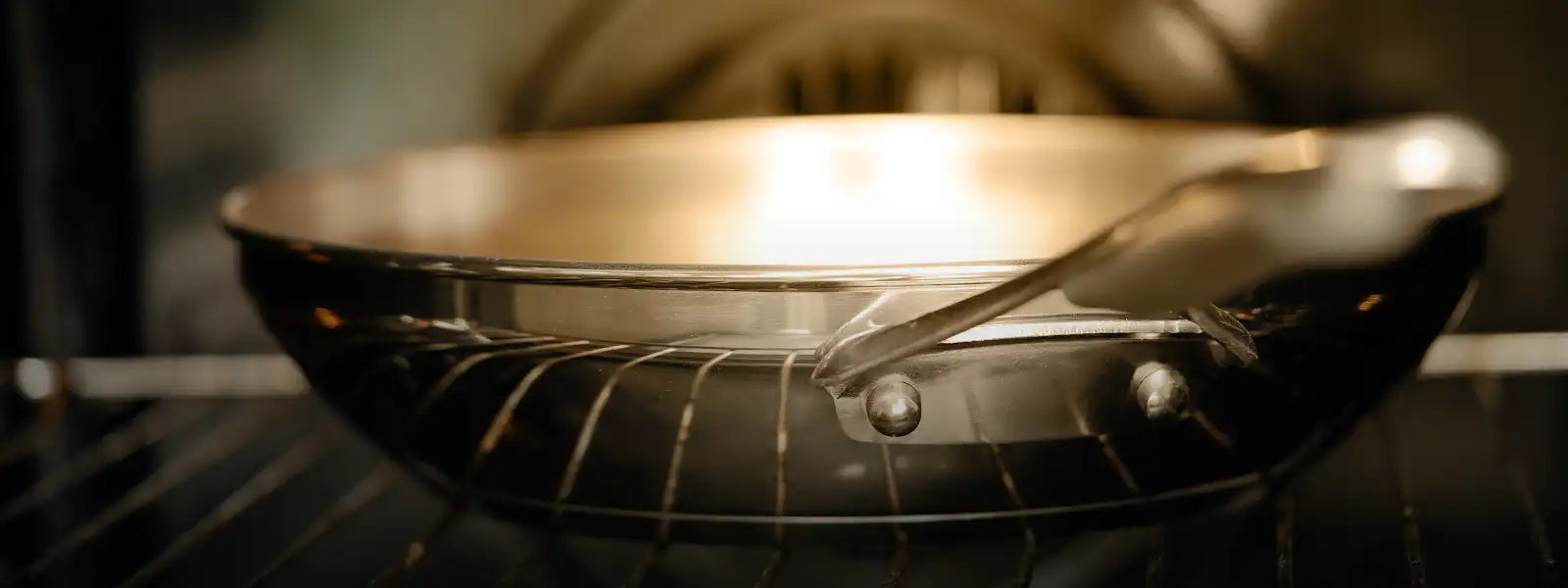
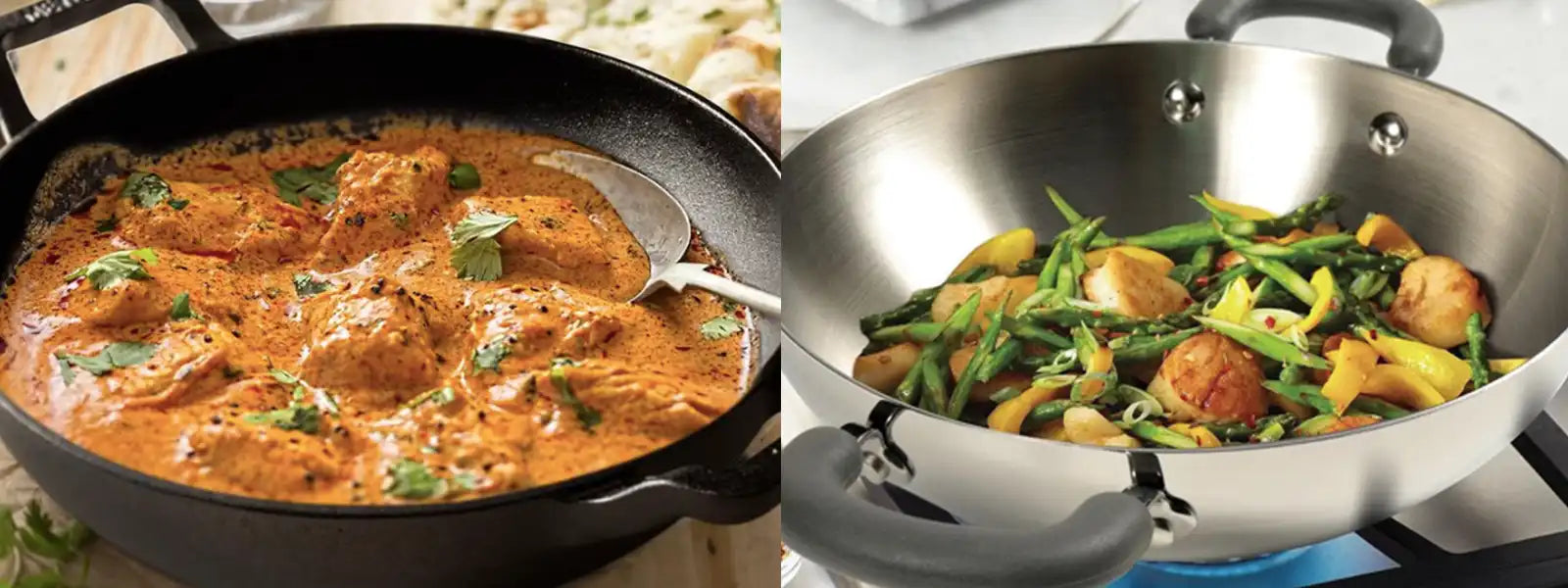

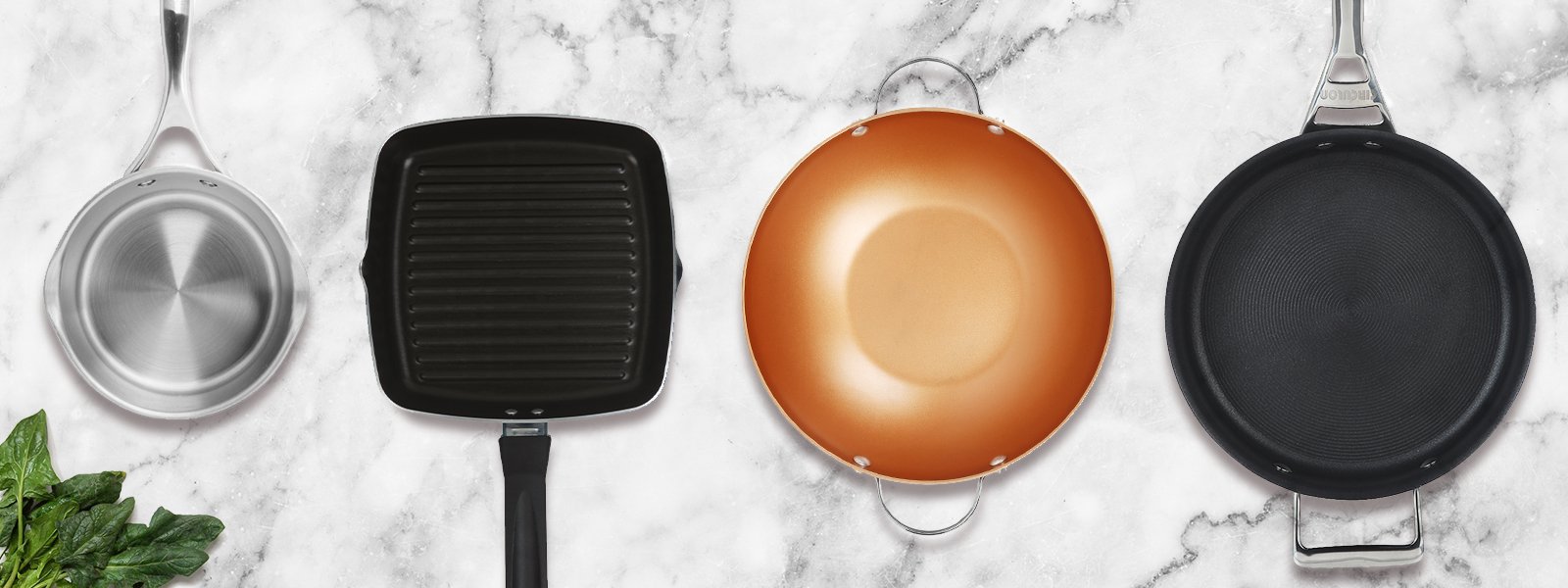
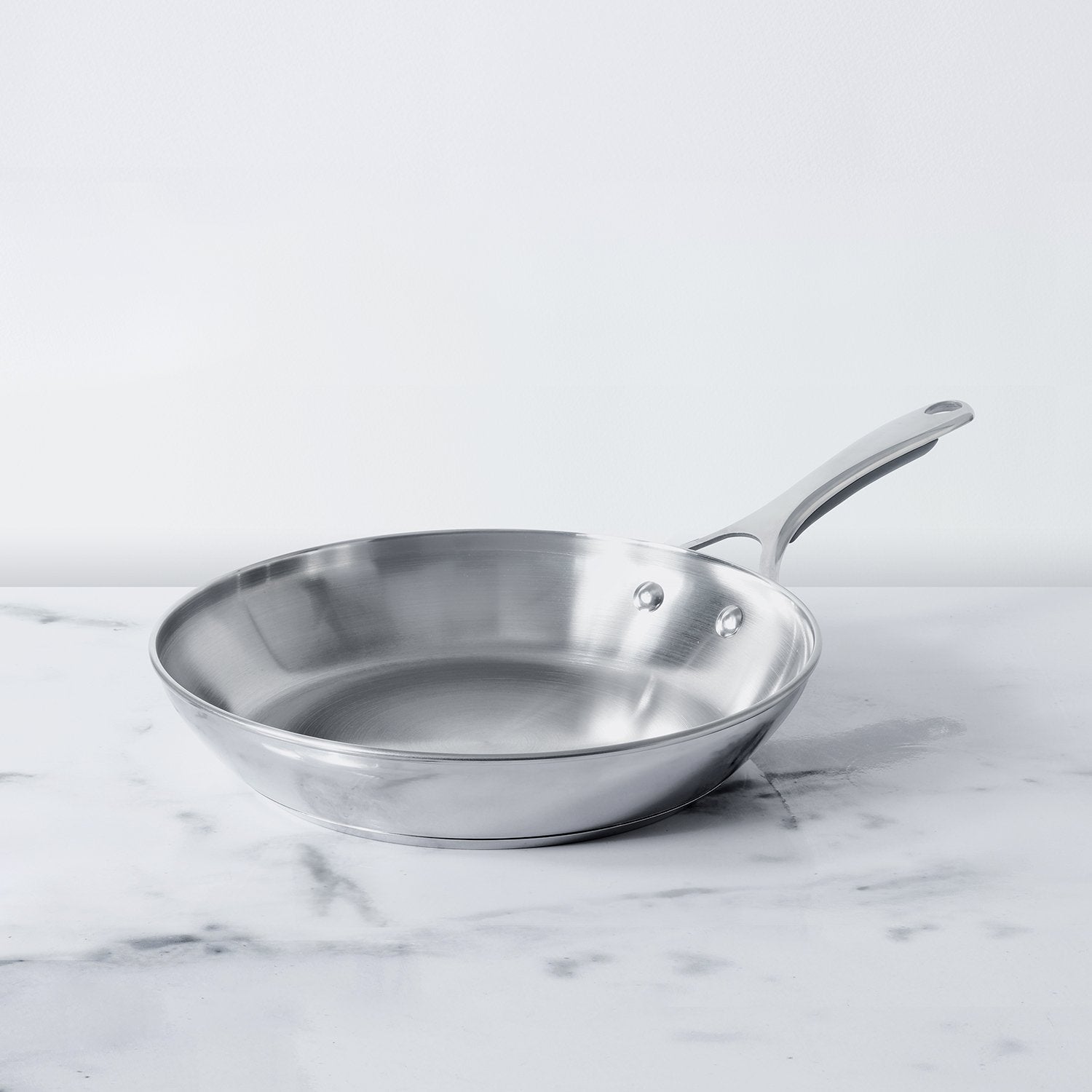
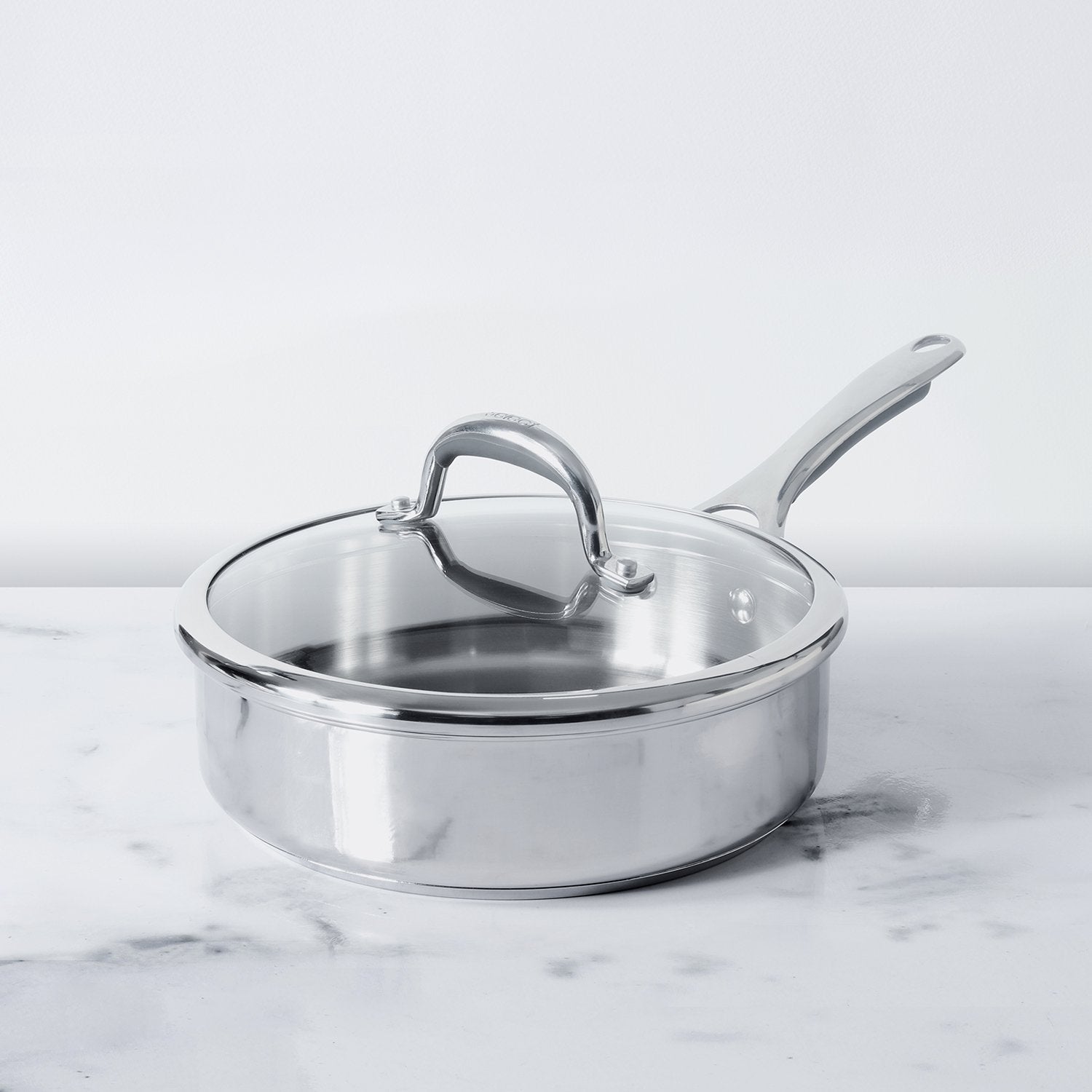




Leave a comment